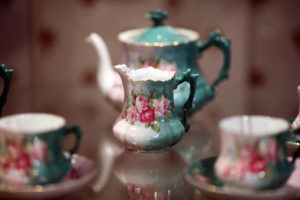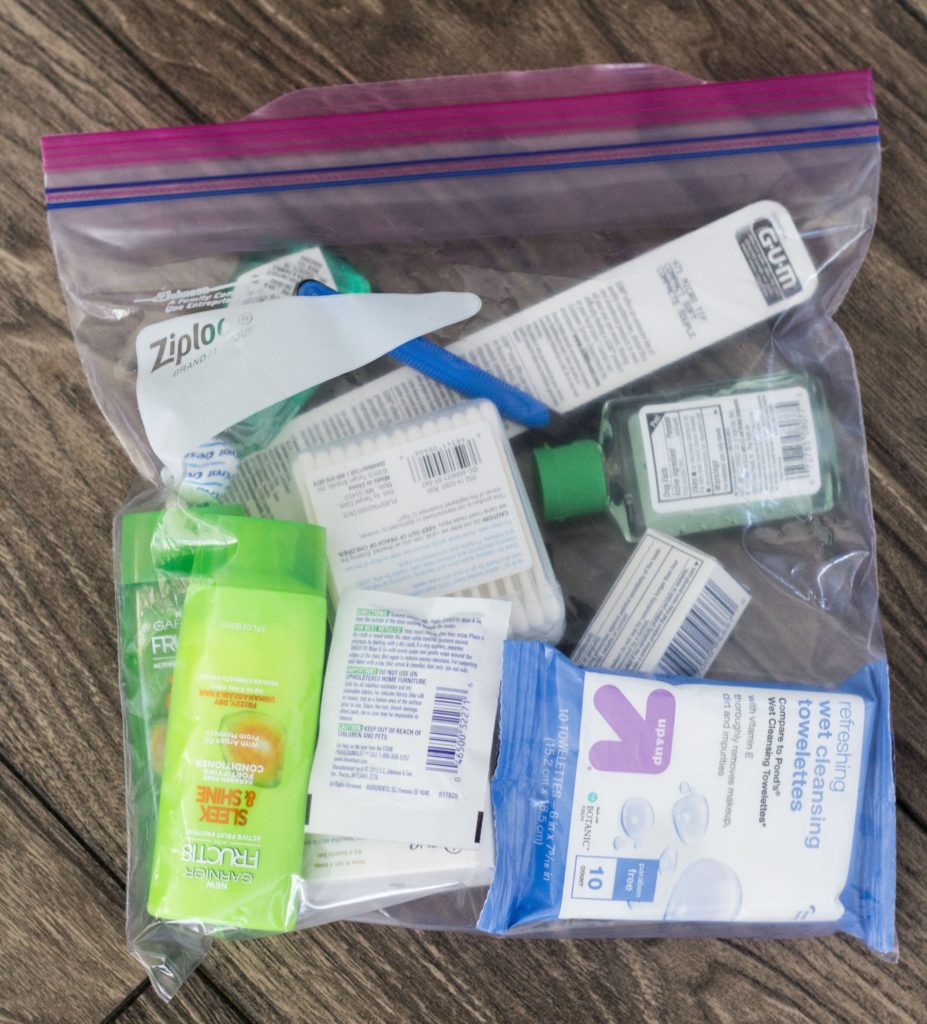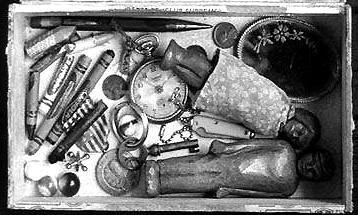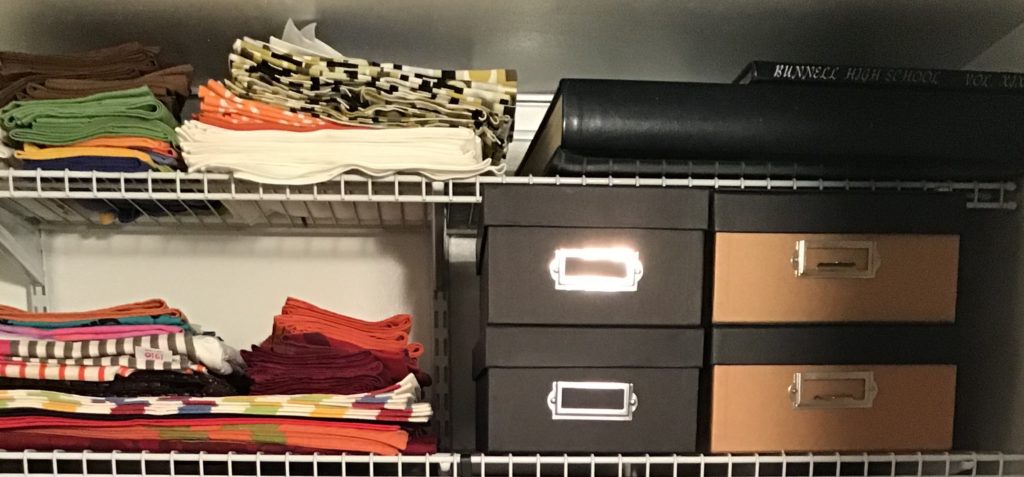
Your bedroom is your place of respite. When the rest of the world feels chaotic, as it does now, your bedroom is the place, ideally, you can retreat to for solace, comfort, sleep, and peace.
If your bedroom is cluttered, all of these things will be impacted. This is especially true if you use your bedroom as a workspace, which I never recommend unless you absolutely have to. If that’s the case, be sure you turn off all your electronics at night, so there are no buzzes, pings, or blinking lights to disturb you.
If possible, set up a barrier such as a folding screen or curtain between you and your workspace to create a distinct boundary.
Lastly, surround yourself with things that bring you joy (a favorite piece of art, a cherished photo, a few favorite books, maybe even a wind chime outside your window), but not too much. Keep it uncluttered, and you’ll feel refreshed and ready for each new day.
-Lis McKinley at Let’s Make Room









 Toys and Childhood Memorabilia
Toys and Childhood Memorabilia

